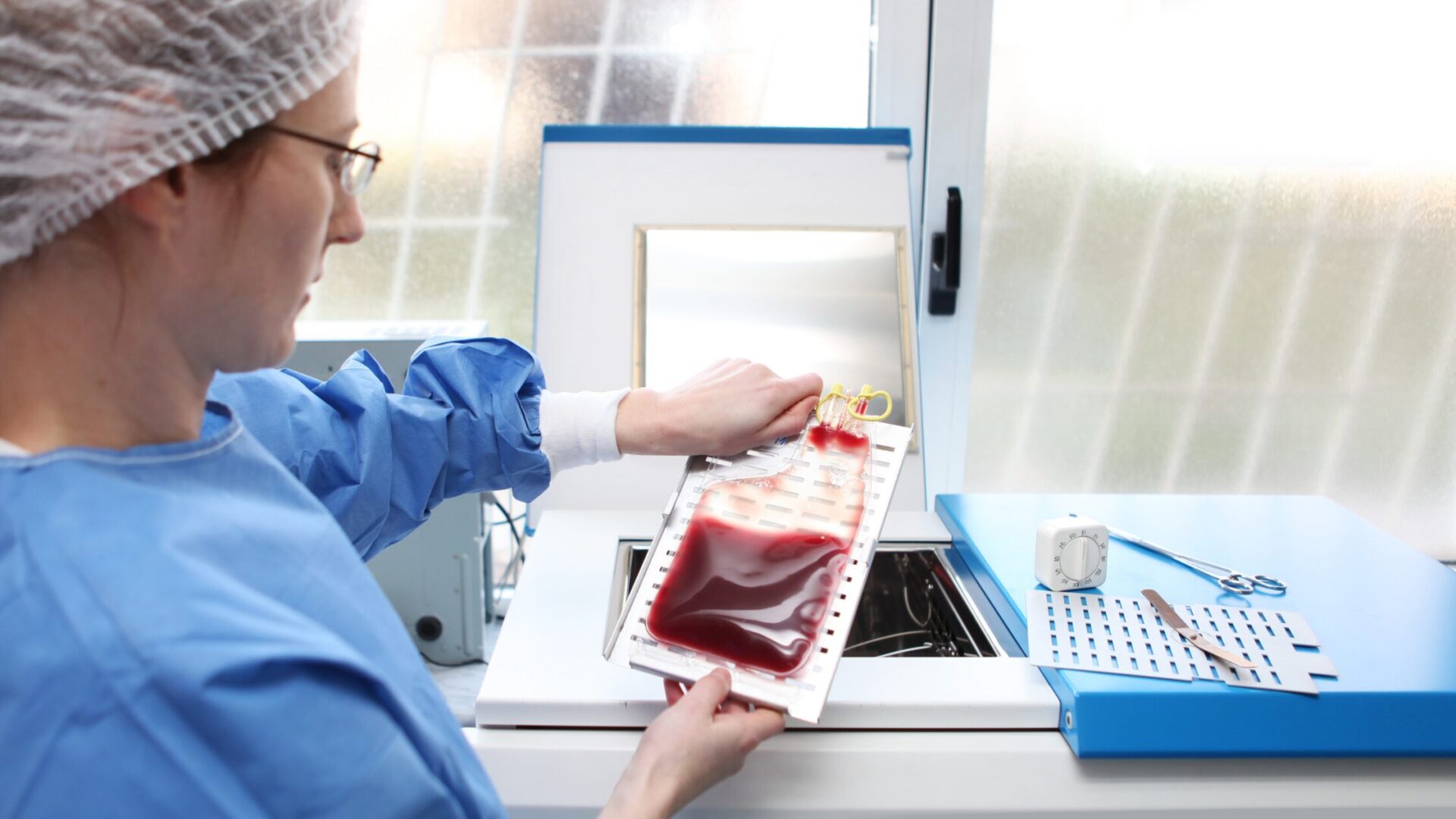Fresh vs frozen human PBMCs: which is right for your research?
When planning experiments involving peripheral blood mononuclear cells (PBMCs), one crucial decision is whether to use fresh or frozen samples. Both options have their advantages and limitations, and your choice can significantly impact the success of your research. This guide provides a comprehensive comparison to help you decide.
Understanding PBMCs: Key players in immune research
PBMCs, derived from hematopoietic stem cells in the bone marrow, include diverse immune cell types such as lymphocytes (T cells, B cells, and natural killer cells), monocytes, and dendritic cells. These cells are essential for research in:
- Immunology: Studying immune responses to infections or vaccines.
- Cancer: Exploring haematological malignancies and immunotherapies.
- Infectious disease: Understanding pathogen-host interactions.
Whether you choose fresh or frozen PBMCs depends on your experimental needs and logistical constraints.
Fresh PBMCs: Pros and cons
Advantages:
- Higher viability: Fresh PBMCs maintain superior cell viability and functionality when processed within 8–24 hours of collection.
- Optimal cellular function: Ideal for experiments requiring highly responsive cells, such as cytotoxicity assays or cytokine production studies.
Limitations:
- Time-sensitive: Fresh samples degrade quickly, requiring immediate processing.
- Logistical challenges: Best suited for researchers near collection sites or with streamlined workflows.
Frozen PBMCs: Pros and cons
Advantages:
- Extended shelf life: Cryopreservation allows long-term storage for future experiments, ensuring availability when needed.
- Convenient transport: Frozen PBMCs can be shipped globally, facilitating collaborations and studies in remote locations.
- Consistency for longitudinal studies: Maintain uniform sample quality over time, ideal for tracking immune responses.
Limitations:
- Freeze-thaw effects: Cell viability and composition may be affected without optimised protocols.
- Specialised requirements: Effective cryopreservation requires controlled-rate freezing and high-quality cryoprotectants.
Comparative analysis: Fresh vs frozen PBMCs
- Viability and functionality:
- Fresh PBMC samples: Superior viability when processed promptly, making them suitable for highly sensitive experiments.
- Frozen PBMC samples: Slightly reduced viability, but optimised protocols can preserve essential functions.
- Logistical flexibility:
- Fresh PBMCs: Limited to immediate use.
- Frozen PBMCs: Ideal for long-term storage and global transportation, offering greater flexibility.
- Consistency in research:
- Frozen PBMCs: Provide consistent sample quality for longitudinal studies, reducing variability across experiments.
- Experimental scope:
- Fresh PBMCs: Best for short-term, high-precision studies.
- Frozen PBMCs: Suitable for longitudinal, multi-site, or large-scale studies.
Making the right choice for human biospecimens
Choosing between fresh and frozen PBMCs depends on your research priorities:
- Use fresh PBMCs if: Your experiment requires maximum cell viability and immediate processing.
- Use frozen PBMCs if: You need flexibility in timing, storage, or transportation, or are conducting long-term studies.
Advancements in cryopreservation techniques, such as controlled rate freezing and optimized cryoprotectants, have minimised the gap between fresh and frozen PBMCs, making frozen cells a viable option for many applications.
Ready to optimise your PBMC workflows?
Explore our PBMC products or contact our team of experts to learn how to maximize PBMC viability and functionality in your research.





